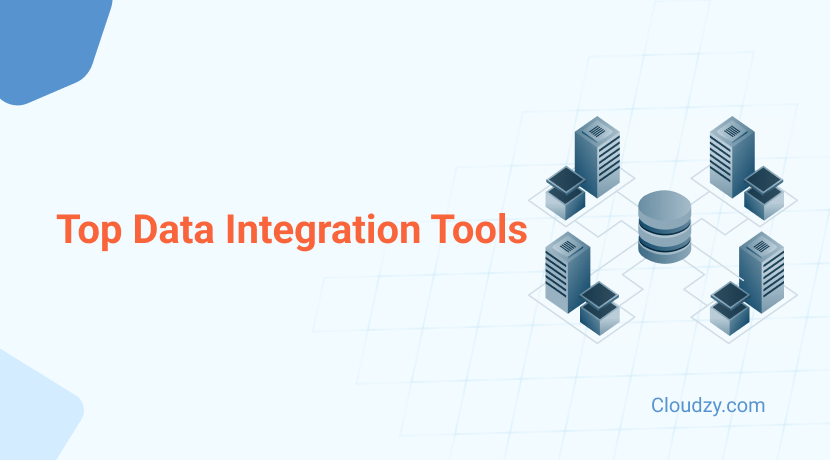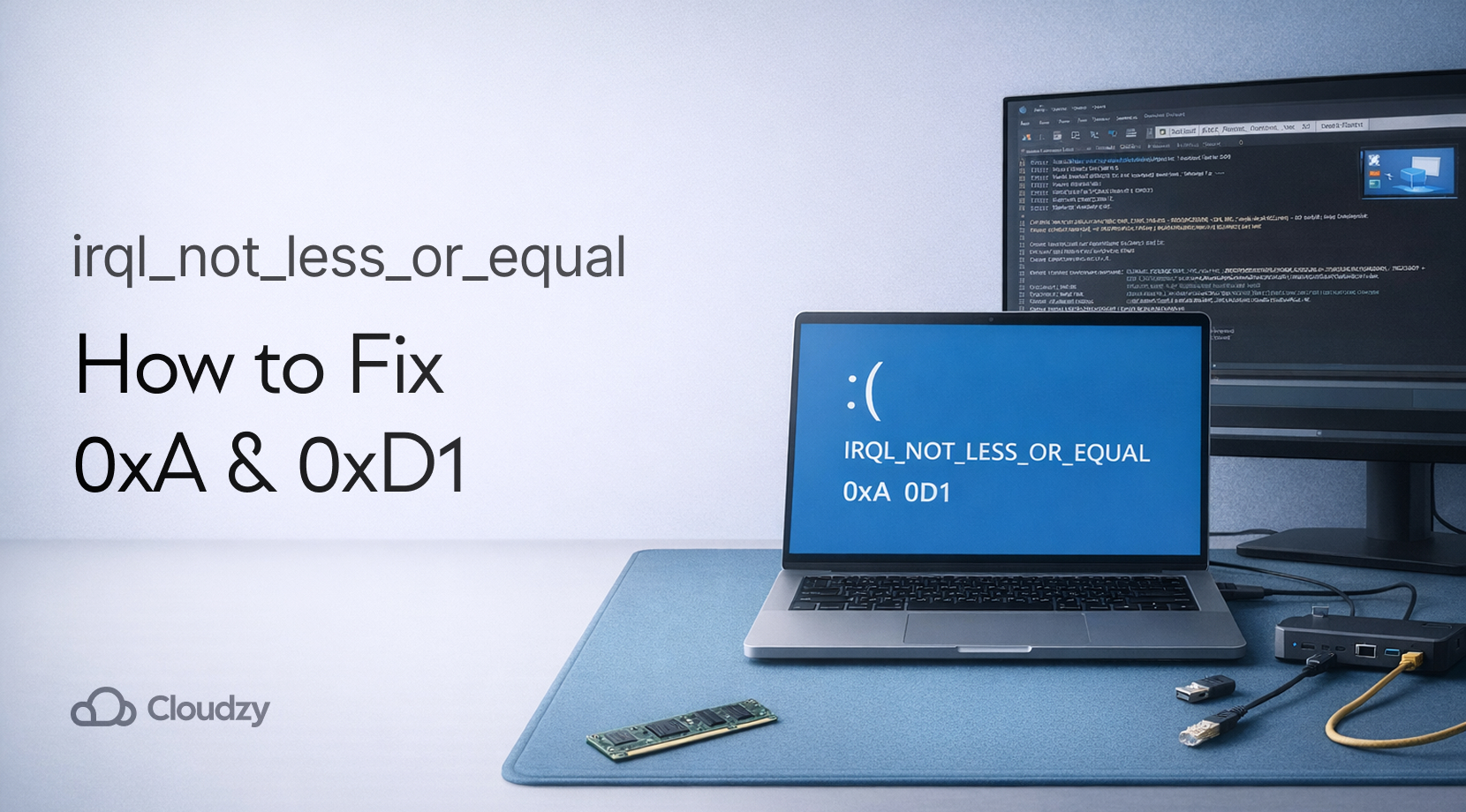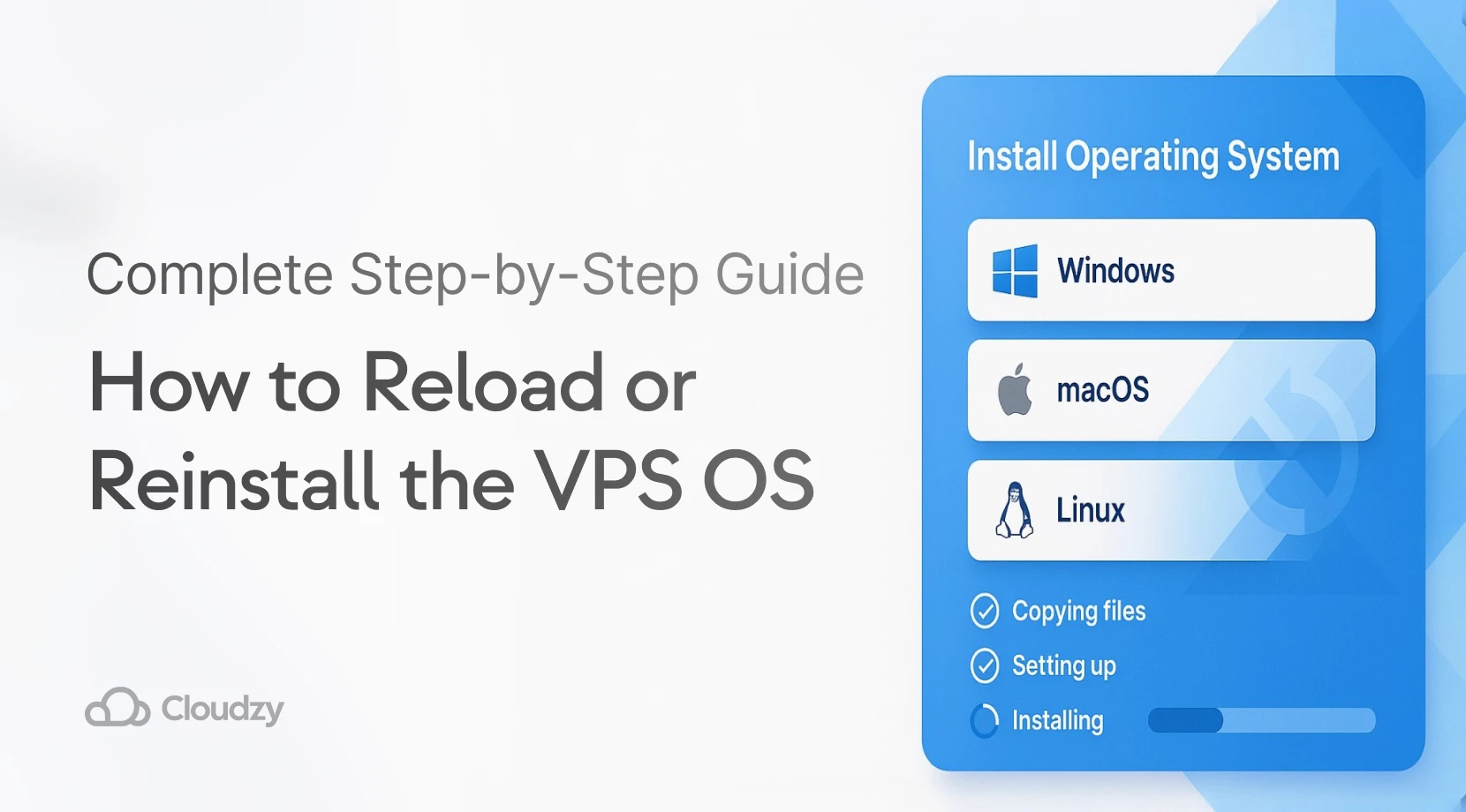Data integration is essential for any company, regardless of size or function. While some might argue it’s not as crucial for small businesses, small decisions can indeed have a significant impact. Data integration solutions enhance an organization’s ability to handle and analyze data effectively. These tools provide insights into what’s working and what isn’t, helping companies improve sales, attract customers, and reduce losses.
Beyond monetary gains, data integration streamlines data analysis, enabling quicker reporting on a company’s operations. By consolidating data from diverse sources—databases, cloud services, social media, IoT devices, and mobile applications—these solutions ensure a unified assessment, leading to more accurate and applicable conclusions across all areas of the business.
With that in mind, let’s explore what data integration solutions are, their importance, implementation, and the best tools available.
What Is Data integration?
A core part of data management, data integration is the extraction and unification of data from various disparate sources. Raw information is extracted and formatted into a standard form of big data, which is then analyzed to derive insights and, later, develop strategies based on the analysis and insights.
Typically, data is stored in data silos which are banks of data collected from a single source. Since these data silos are unique to that data source, be it social media or CRM tools, it’s difficult to access and analyze them comprehensively.
These silos make holistic data analysis difficult as the insights from one data silo may differ from the insights derived from another data silo, leading to an incorrect evaluation of the company’s operations, customers, and market trends as a whole.
That’s where data integration solutions step in and unify these data silos, giving the company a thorough and overall look at its performance. This holistic data is referred to as a “single source of truth” (SSOT), which is data that is consistently true and actionable.
Data integration should not be confused with data ingestion. Though similar in name and function, data ingestion is a step before data integration. Data ingestion is the import of data from a single source to a data storage or processing environment, which is then gathered and unified through data integration.
Now that you have a full grasp of what data integration and data integration services are let’s talk about why it’s important and what benefits it has for companies.
Why Are Data Integration Solutions Important?
As I mentioned earlier, data integration solutions are important for a variety of reasons, such as easy analysis and cost savings; however, there’s a lot more to it than just that.
Enhanced Decision-Making
In today’s data-driven world, decisions are only as good as the information they are based on. When data is fragmented across different systems, getting a comprehensive view of the organization’s operations can be challenging.
Data integration tools provide a unified view, allowing decision-makers to access all relevant information in one place. This holistic view of data allows for more informed decisions since it covers all areas of the business rather than isolated data silos.
Data integration solutions aren’t just for companies either; for example, in healthcare, integrated patient data from various sources can lead to better diagnosis and treatment plans.
Improved Operational Efficiency and Cost Savings
Data integration tools make workflows much smoother by providing a single source of truth. This means all departments have access to the same consistent data, improving coordination and reducing the likelihood of errors that would have been made if data integration were done manually.
Departments can avoid hiring developers to suit their unique data programming needs by using data analytics based on integrated data instead. With efficient data integration, employees in every area should be able to generate reports, evaluate data, and spot trends without the need to hire outside assistance.
By automating data integration through data integration platforms and reducing manual data handling, businesses cut down on labor costs and lower the risk of costly errors. This not only saves time, effort, and money but also frees up manpower to focus on strategic tasks.
Lastly, integrated data optimizes resource allocation and improves operational efficiency, which leads to overall cost reductions. For example, in the manufacturing sector, integrated data from production, inventory, and sales help optimize the supply chain, reducing waste and lowering production costs.
Superior Customer Experience
One of the primary uses of data integration solutions is to improve the customer experience. At the end of the day, customers are the sole reason for the creation and survival of a company, and data integration services can massively help to show exactly what the customers want.
To do this, data is gathered and unified across multiple customer touchpoints through data integration. These “touchpoints” are defined as any way that a customer interacts with a business, whether in person or online, “directly” through the website, or “indirectly” through reviews.
When data from sales, customer service, social media, and other sources is integrated, it creates a unified customer profile. This profile allows businesses to understand their customers better, anticipate their needs, and provide personalized experiences.
For example, an e-commerce company can use integrated data to recommend products based on a customer’s past purchases and browsing history, enhancing the shopping experience and increasing customer loyalty and the likelihood that a customer will return to use its services again.
Competitive Advantage
Getting ahead of the curve is always a top priority for any business, and data integration solutions can significantly assist toward that end. By gathering information on market trends, customer behavior, and operational performance, data integration services provide a unified look at where the market is going, what the customer wants, and where the business lacks.
In industries where timely and accurate information is absolutely crucial, such as finance or technology, the ability to quickly integrate and analyze data can massively influence the competition in your favor.
One such example is how a financial institution can use integrated data to perform real-time risk assessments and make informed investment decisions.
Enhanced Compliance and Reporting
As industries become more and more strict on regulations and data surveillance, having access to a single source of truth becomes more important than ever. Through data integration platforms, businesses can provide a consistent and reliable data set, ensuring compliance and reducing the risk of legal issues.
Compliance aside, in industries like finance, healthcare, and manufacturing, integrated data helps mitigate risks, avoiding penalties and reputational damage.
Better Data Quality and Analytics
I’ve mentioned accurate and consistent data all across this post, but what does that actually mean, and how does it actually impact businesses?
For a reliable and accurate data analysis, you need consistent data across all business faucets. With data compiled through data integration solutions, data analysts can make accurate forecasts on things like demand and recommend changes to product design and marketing strategies.
With the exclusion of departmental data silos, you can examine various factors on a general basis, like the total business impact of product and marketing changes, allowing you to see trends that typically aren’t visible by simply observing profit and loss data.
Scalability and Flexibility
While financial benefits are vital for a business, so are data manageability and scalability. Naturally, businesses aim to grow with each passing year, and data integration services are crucial to the management of data when scaling upwards.
Data integration solutions allow businesses to scale efficiently and effectively without having to worry about handling increasing amounts of data and without compromising performance and accuracy. Additionally, integrated data offers flexibility when changing business needs and market conditions.
For instance, a company or business looking to expand into new market regions can benefit from integrated data from different regions to gain a comprehensive understanding of local customer preferences and behaviors.
In today’s modern data ecosystems, unified data analytics platforms and cloud-based data warehousing platforms have become essential. If you’re looking for data integration tools, it would be beneficial to explore our comparison of Databricks and Snowflake.
How Do Data Integration Solutions Work?
Simply put, data Integration is divided into three general steps: extract, load, and transform. The order of the last two steps differs based on the approach and method of data integration, with the two predominant methods being ELT (extract, load, transform) and ETL (extract, transform, load).
ETL Data Integration
ETL has been the go-to method for data integration for years. First, data is pulled from multiple sources. Then, it’s cleaned, standardized, and transformed into a consistent format in a separate staging area. Finally, the transformed data is loaded into the target system, like a data warehouse.
This method offers high data quality and consistency, making it ideal for tasks such as financial reporting and regulatory compliance. However, ETL can be slow, especially with large volumes of data, because transformations occur before loading, requiring significant computational resources. That said, automated ETL tools can help streamline this process, reducing manual effort and speeding up data integration.
ELT Data Integration
ELT is a newer data integration technique that changes the sequence of operations compared to ETL. In ELT, data extraction is the first step, followed by loading the data directly into the target system without prior transformation.
Transformations occur within the target system, leveraging its computational power. This approach takes advantage of the performance and scalability of modern data storage systems, enabling faster data processing and more flexible data management.
ELT is particularly suitable for big data projects and real-time processing, where speed and scalability are critical. However, loading untransformed data can lead to inconsistencies if not managed properly during transformation. Additionally, ELT requires robust data warehousing infrastructure to handle the transformations efficiently.
Data Integration Procedure
Let’s explore the key procedures involved in data integration. Understanding these processes is crucial for better recognizing your needs and choosing the most suitable data integration tool for your team.
1. Identifying Data Sources
The first step in any data integration process is finding where your data is coming from and whether it’s relevant. You’ll need to consider the type of data they contain as data can be from a huge variety of sources, from the typical, like databases and spreadsheets, to CRM (customer relationship management) systems and social media platforms.
2. Data Extraction
Once you’ve identified your sources, you’ll need to extract the data. To do this, you’ll need data extraction tools or processes. These tools and processes may involve artificial intelligence and machine learning algorithms, as well as querying databases, pulling files from remote locations, and retrieving data through APIs.
3. Data Mapping
Data comes in different shapes and sizes; that is, they use different codes, structures, and terminologies. To understand exactly how this data interacts with each other, you’ll need to create a mapping schema, which defines how data from disparate sources correspond and relate to each other.
4. Data Validation and Quality Improvement
Errors and inconsistencies are a constant no matter what you do, and they can be very costly if data is not properly vetted. From duplicates and missing values to inaccuracies, you’ll need a robust data quality management framework to remove and fix these errors so that you’ll end up with reliable and accurate data.
5. Data Transformation
Once you’ve mapped your data and validated its quality and accuracy, you’ll have to transform it into a standardized format that’s both consistent and meets the requirements of the target system or database.
To do this, organizations use specialized data transformation tools since manually transforming data, no matter the size can be quite tedious and can lead to errors and mistakes. This process usually involves applying tree joins and filters, merging data sets, normalizing or de-normalizing data, etc.
6. Data Loading
When you’re done with all the previous steps, your data is ready to be loaded into a central data storage facility, such as a data warehouse, database, or any other desired destination for further analysis.
Nowadays, organizations use cloud-based data warehouses or data lakes because they offer unlimited performance, flexibility, and scalability. Toward this end, we recommend our high-performance, CPU-optimized, and scalable cloud VPS at an affordable price. We also feature one-click apps for databases like Postgres, MySQL, and Mongo.
Want a high-performance Cloud VPS? Get yours today and only pay for what you use with Cloudzy!
Get Started HereLastly, the actual loading process can be performed through batch loading or real-time loading. This depends on the requirements, as batch loading costs less and requires less infrastructure than real-time loading, while real-time loading offers immediate data access and rapid response times.
7. Data Synchronization
Now that your data has been loaded into the data storage facility of your choice, you’ll need to set up a data synchronization mechanism. This mechanism is usually set up in two ways: periodic or real-time.
Much like batch loading and real-time loading, periodic and real-time synchronization differ mostly in time sensitivity, complexity, and costs. Periodic synchronization typically costs less and requires simpler infrastructure, while real-time synchronization provides immediate data accuracy and responsiveness.
8. Data Governance and Security
In industries like finance or healthcare, businesses operate in a highly regulated environment. To comply with these regulations, you need to implement data governance practices.
Additionally, you may need to set up access controls, encryption, and auditing measures to protect your data.
9. Metadata Management
A metadata repository allows you to document information about your integrated data. By maintaining a metadata repository, you can understand and manage your integrated data more effectively.
This also improves the discoverability and usability of your integrated data so users can better understand the context, source, and meaning of the data. Your metadata repository should include details about its source, transformation processes, and business rules.
10. Data Access and Analysis
With that, your data is now correctly integrated and is ready for consumption. At this point, your data can now be accessed and analyzed. This is typically done using various tools like BI software, reporting tools, and analytics platforms.
Once you’ve analyzed the integrated data, you’ll receive insights that can be used for a host of purposes, such as understanding customer behavior, optimizing operations, and making strategic choices.
Best Data Integration Solutions and Services
As the market for cloud-based services and data tools grows, choosing a data integration solution might become a headache. That’s why I’ve tried and tested the most prevalent data integration tools on the market to make this list.
1. Microsoft Azure Data Factory – Best For Hybrid Data Integration
If you already use Microsoft Azure for your cloud service needs, then this is a no-brainer. Azure Data Factory is a cloud-based ETL and data integration solution designed to create powerful data workflows.
Pros:
- User-friendly interface with a drag-and-drop interface for creating and modifying data integration pipelines.
- Hybrid integration supporting data movement and transformation between diverse on-premise and cloud environments.
- Built-in integration with other Azure services.
Cons:
- Limited third-party connectors and flexibility.
- Requires deep technical knowledge.
- Usage-based pricing can lead to higher costs.
2. Informatica Cloud – Best for Data Quality and Governance
Informatica Cloud offers comprehensive tools for data profiling, cleansing, and validation. It offers over 50,000 connectors, providing extensive integration capabilities with on-premise databases, cloud applications, and big data platforms.
However, you should know that Informatica has a steep learning curve and typically costs more than some other tools.
Pros:
- Extensive data quality tools
- Wide range of Integrations
- User-friendly Interface
Cons:
- Steep learning curve
- Expensive pricing
- Complex to configure and manage
3. Oracle Data Integrator – Best for Optimized ETL
Similar to Azure, if you already use Oracle’s services, Oracle’s data integrator is an outstanding choice. Oracle Data Integrator offers pre-built Knowledge Modules for streamlined data integration tasks and real-time data integration through Change Data Capture (CDC) techniques.
Pros:
- Real-time data integration via CDC
- Oracle ecosystem integration
- Difficult for beginners
- Limited third-party connectivity
Cons:
4. Fivetran – Best for ELT Data Integration
Specializing in automated data integration, Fivetran offers consistent and accurate data integration and maintenance in the data warehouse of your choice. This means you won’t have to set up data pipelines manually, as Fivetran ensures high-fidelity accuracy and data transfer reliability.
Pros:
- Automatic data replication
- High-fidelity data transfer
- Cloud-based and scalable
Cons:
- Limited customization
- Dependency on cloud services
- Ambiguous pricing model
5. Pentaho Data Integration – Best Open-Source Data Integration Tool
Pentaho Data Integration is a flexible, open-source tool known for its robust data integration capabilities. It supports a wide range of databases, such as MySQL, Oracle, PostgreSQL, and big data platforms, such as Hadoop and Spark.
Pentaho also features an active, dedicated community and extensive plugins, making it highly customizable. However, keep in mind that working with Pentaho requires some degree of technical expertise.
Pros:
- Free, open-source version
- Flexible and customizable
- Comprehensive Integration
Cons:
- Requires technical expertise
- Poor performance with large data sets
- Steep learning curve
Data Integration – A Must for Any Growing Business
Data integration is a fundamental part of many businesses and organizations these days. With so many benefits, not using data integration solutions is a sign of falling behind the times. There really isn’t any reason for an organization or business to avoid using data integration tools, especially if you have lots of data from various sources.
Furthermore, there is a growing market for data integration solutions, each offering unique features at various prices, from basic ones at low, affordable prices to extensive, enterprise-grade tools at higher rates.
FAQs
What is data integration?
Data integration is the extraction and unification of data from various disparate sources. Raw information is extracted and formatted into a standard form of big data, which is then analyzed to derive insights and, later, develop strategies based on the analysis and insights.
What are the benefits of data integration solutions?
Data integration solutions enable enhanced decision-making by providing a comprehensive view of operations, leading to more informed decisions and improved efficiency.
It also contributes to superior customer experiences by unifying customer data and personalized interactions. Moreover, data integration tools offer a competitive advantage by providing insights into market trends and customer behavior.
Additionally, it enhances compliance and reporting while improving data quality and analytics. Lastly, the scalability and flexibility of integrated data allow businesses to effectively manage and utilize their data resources for long-term success.
Which data integration solutions are the best?
Microsoft Azure Data Factory offers a user-friendly interface with a drag-and-drop feature, hybrid integration supporting data movement and transformation between diverse on-premise and cloud environments, and built-in integration with other Azure services.
Informatica Cloud provides extensive data quality tools, a wide range of integrations, and a user-friendly interface. Oracle Data Integrator specializes in real-time data integration via CDC and offers Oracle ecosystem integration.
Fivetran stands out for automatic data replication, high-fidelity data transfer, and being cloud-based and scalable. Lastly, Pentaho Data Integration is known for its free, open-source version, flexibility, and customizability, as well as comprehensive integration capabilities.



